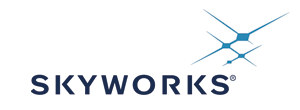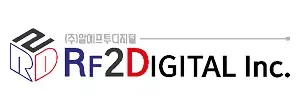Defining Features – Broadcast Flexibility and Listeners Benefits
Broadcast Flexibility
- DRM Can Be Used Flexibly Across All Frequency Bands
- DRM Keeps Broadcasters In Control Over Their Infrastructure
- DRM Can Maximise The Existing Broadcast Infrastructure And Be More Energy Efficient And More Cost-Effective
- DRM Allows For Seamless Transition From Analogue To Digital
- DRM Uses Spectrum Efficiently And Flexibly
- DRM Allows More Content Choice
- DRM Enables Emergency Warnings And Alerts
- DRM Can Facilitate Distance Learning And Education
- DRM Can Be Used For Public Signage
Listener Benefits – Quality Of Services
- DRM Offers Better Sound In All Bands
- DRM Receivers Are Convenient To Use
- DRM Broadcasts Enhance The Listeners Experience With Multimedia Components
For more information on each benefit, please click below:

















